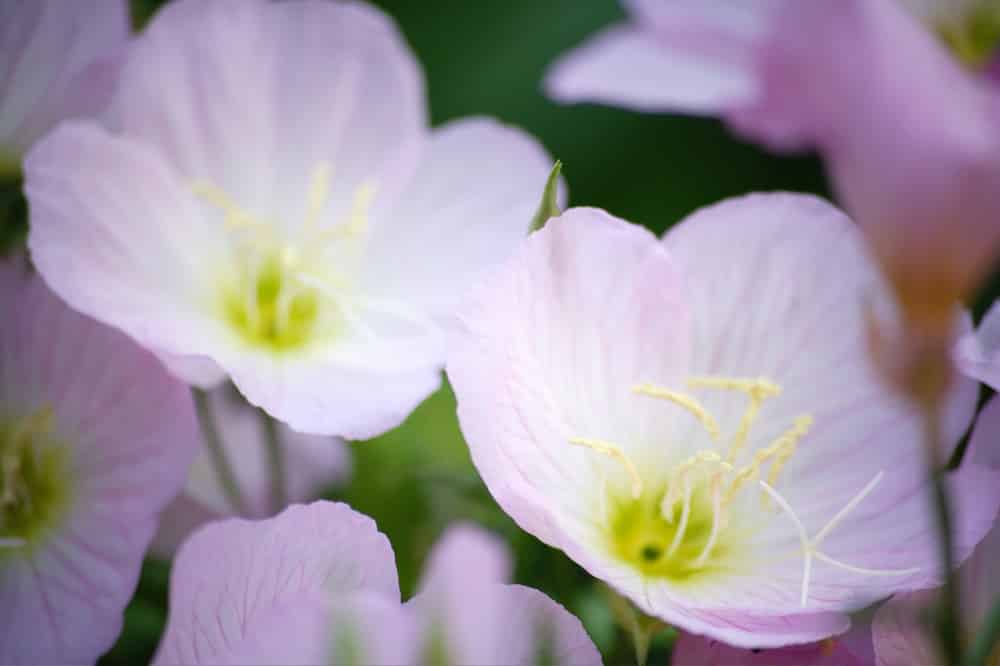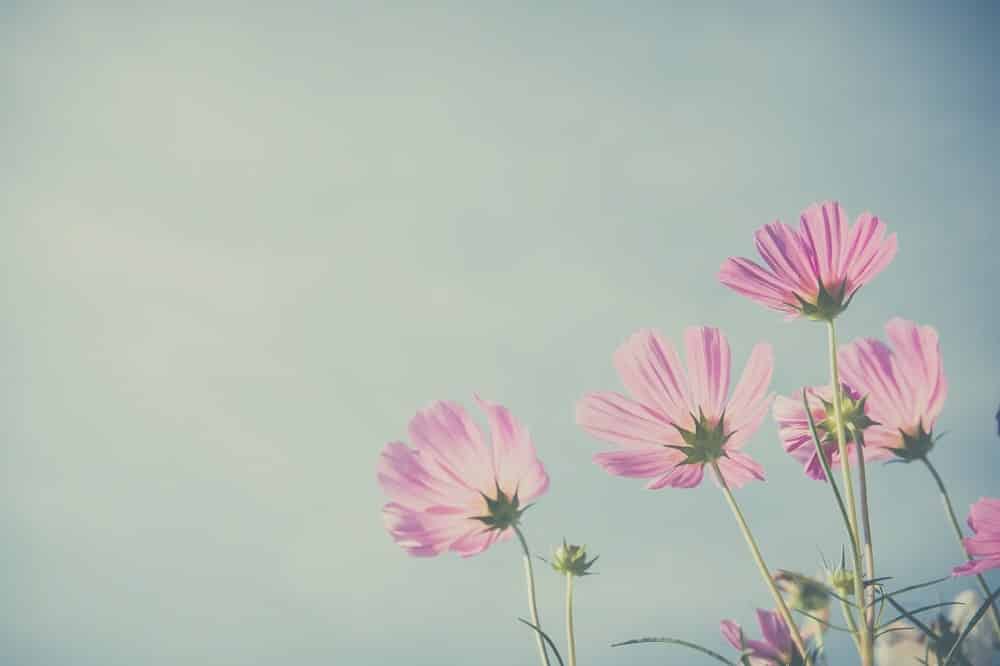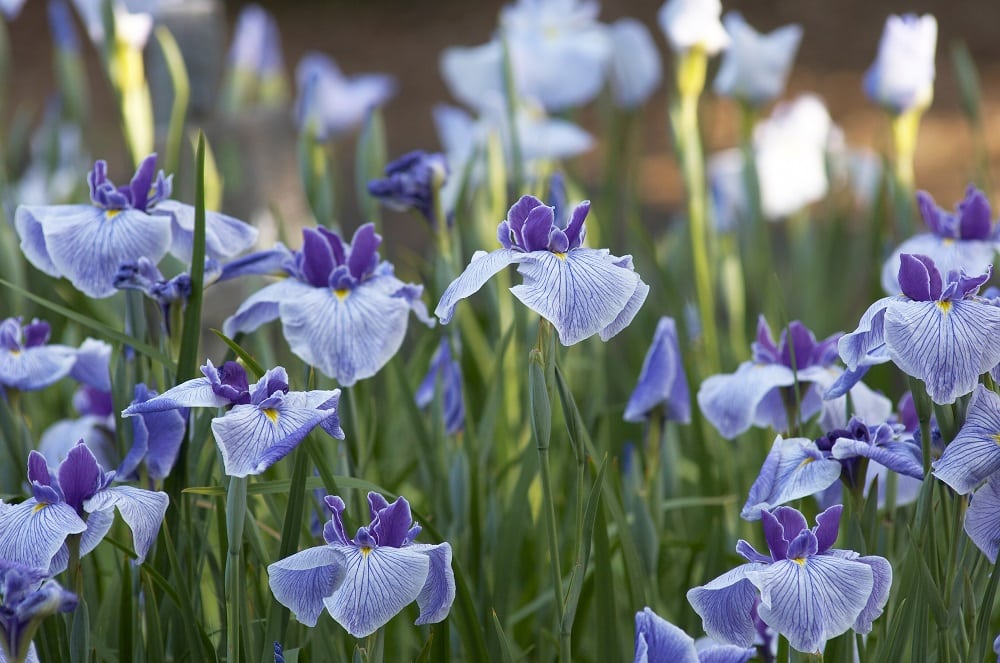If you are from the state of Missouri or currently live in Missouri, you are more than likely aware of the many beautiful flowers that surround you throughout the year. Missouri is rich in gorgeous landscapes that sweep across the state with flowers blooming throughout the different seasons. Vibrantly colored flowers bloom in progression across all 4 seasons in this beautiful state and include a variety of winter plants that do well during the chilly months. Let’s go over the many different Missouri native flowers that you should be aware of if you live there, or if you are going to visit, and want to see one of the most beautiful aspects of the beloved state.
Different Types of Flowers in Missouri
The natural landscape is rich in its variety of beautiful Missouri native perennial flowers. And over the last ten years, native wildflowers have become a popular choice to use in Landscape design. Native flowers can enhance residential landscaping and add depth and a touch of wild beauty, and benefit wildlife in the area. If you are interested in adding native flowers to your landscape, having the right information on when you should plant them, what the best soil will be, how much sunlight they need, along with many other factors will help ensure a successful and thriving landscape. Once you have the basics down, it’s time to get planting! First, let’s look at some of the more common flowers you see around the neighborhood and then move to those that people regularly use for landscaping purposes.

What Types of Flowers Grow Naturally in Missouri?
There are several flowers that you have likely seen growing naturally. Cliff Goldenrod (Solidago drummondii), blue sage (Salvia azurea), bluebells (Mertensia virginica), Primrose (Oenothera macrocarpa), and the Dwarf Crested Iris (Iris cristata) are all prime examples of native Missouri flowers. There are also other flowers, including the Blue Mistflower (Conoclinum coelestinum), Purple Poppy Mallow (Callirhoe involucrata), Star Tickseed (Coreopsis pubescens), Rose verbena (Glandularia canadensis), and the Dense blazing star (Liatris spicata). Each of these Missouri native plants will have slightly different requirements if you want to see them bloom to their maximum potential. It is necessary to understand this basic information if you want your wildflowers to survive, especially during the seasons where they are the most plentiful.
Popular Wildflowers Native to Missouri
New England Asters
Later in the year, from August through October, the New England Aster (Symphyotrichum-novae-angliae) is probably the most noticeable of the Missouri wildflowers. If you are going hiking, and you happen to walk by a stream, you will likely see hundreds of New England Aster growing nearby. These uniquely beautiful flowers provide a particular type of nectar that traveling monarch butterflies highly covet. New England Asters also need an extreme amount of sunlight, a minimal amount of shade, and require moist soil.

Smooth Beardtongue
One of the most prolific wildflowers you will typically see from May through July is the Smooth Beardtongue (Penstemon digitalis). It is very noticeable, primarily because of its color and shape. The clusters of Smooth Beardtongue are white flowers and shaped like a beard and tongue. You can see these beautiful flowers in nature in the woodlands, but you will likely see them driving down a road or interstate highway. The maximum height of Smooth Beardtongue can reach 4 feet, and they need plenty of sunlight, partial shade, and moist soil to thrive.
Rose Verbena
This beauty blooms from May to August and provides a spectacular spray of color to any hilly area, rock garden, or wildflower garden. Rose verbena (Glandularia canadensis) is a Missouri native perennial that does well in sunny conditions and grows best in dry to medium soil. The tiny flat blooms grow from 6 to 18 inches tall, and range in color from a rose pink to a rose-purple. It is a plant that spreads very quickly and creates a beautiful ground cover.
A Few More Missouri Wildflowers
As you head into October, several types of flowers will be even more prevalent, including Purple Coneflower (Echinacea purpurea), Columbine (Aquilegia canadensis), and the distinctive Cardinal flower (Lobelia cardinalis). These flowers are very commonplace along the streams of the Ozarks, attracting butterflies and hummingbirds.
The variety of vibrant colors and unique textures of wildflowers are an excellent addition to any flower garden or planted landscape area around your home. And with proper care, your wildflowers will provide beautiful foliage and blooms for years to come. If you are wondering which flowers will be the most ideal for your home in Missouri, keep reading for some of our favorites.

Best Flowers for Landscaping in Missouri
Down to Earth Services are your native plant experts, and below we will dive into some of the best native flowers for landscaping. First, to maximize the life of your flower’s you need to choose the position of the flowers and the time of year to plant them. Whether you are planting in a garden bed or putting the flowers in pots around your home, it is vital to educate yourself about the native flowers you are growing.
For blooms from July through October, the Prairie Blazingstar (Liatris pycnostachya) is an excellent choice. This flower has a tall distinctive appearance and grows spikes with fluffy flower heads. Another common name for this flower is button snakeroot. This unique flower is excellent for borders and makes lovely cutting flowers. It is important to note that this particular flower is very tall, growing anywhere from 2 to 4 feet in height, so placement is imperative.
If you are going to plant in April or May, and you would like your flowers to last several months, the Grayhead coneflower (Ratibida Pinnata) might be your best choice. This beauty blooms from June to August and is certainly a contrast with the Prairie Blazingstar in color and its overall appearance. These can also reach extreme heights, going from 3 feet up to 5 feet. A good placement for this flower would be as a border or on the side of your home that gets the most sunlight. Because of the height, it may be necessary to add staking for added support.
On the other hand, if you are planting later in the year, the Butterfly Milkweed (Asclepias tuberosa) might be a great choice if you have a flower garden that is out in the open. This vibrant wildflower will also produce nectar that will attract butterflies when they are traveling through the area. Be sure to adequately drain the soil to ensure the best outcome for this perennial.

Choosing the Right Missouri Native Flowers for Your Landscaping
Choosing the right flowers for your landscaping can be overwhelming. Down to Earth Services is the team to talk to if you’re feeling out of your element. Depending upon the type of climate you have annually, your elevation, and the kind of weather you typically have, professionals like the Native Plant Experts at Down to Earth Services will know which flowers to pick. Not only can we determine what would look best regarding the color and positioning of your home, but we can also choose Missouri wildflowers based upon where you want to have them planted. Combining many of these flowers can often create a magical garden of flowers that will grow at similar times and cascading times to develop an assortment of lasting blooms.
Whether you decide to plant Prairie Blazingstar, garden phlox, or the Grayhead coneflower, you can rest assured that they will provide a beautiful transition of color in your landscape. Knowing the type of soil to use, the time of year they will flourish, and how often to water are essential factors when planting Missouri native perennial flowers. The amount of sun that they need and the proper position around your home can also contribute to how long the flowers will live. From the crested iris to the beautiful bluebells that are so prolific throughout Missouri, contact Down to Earth Services to help you choose and plant the best Missouri native flowers for your landscape.

